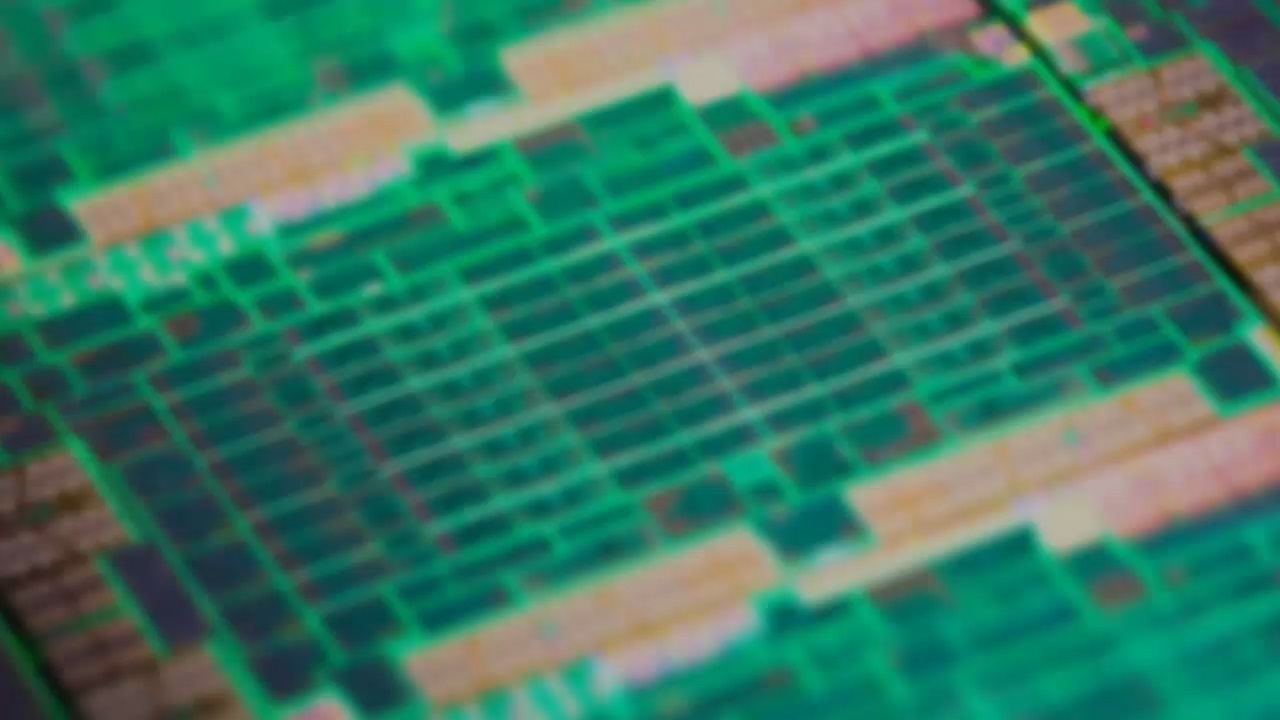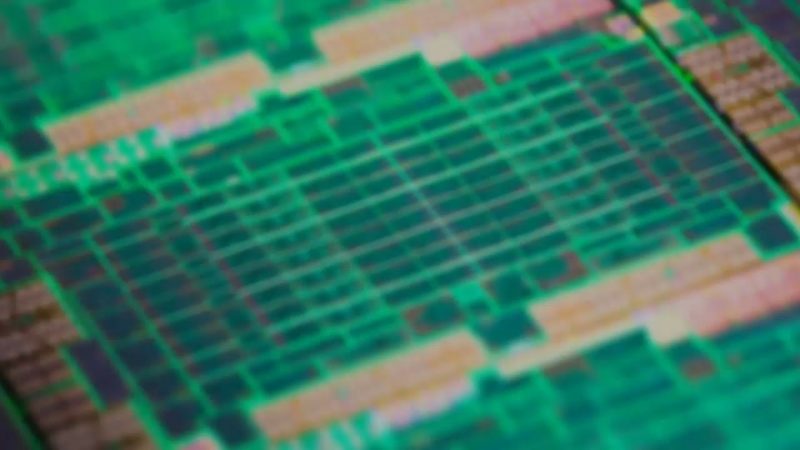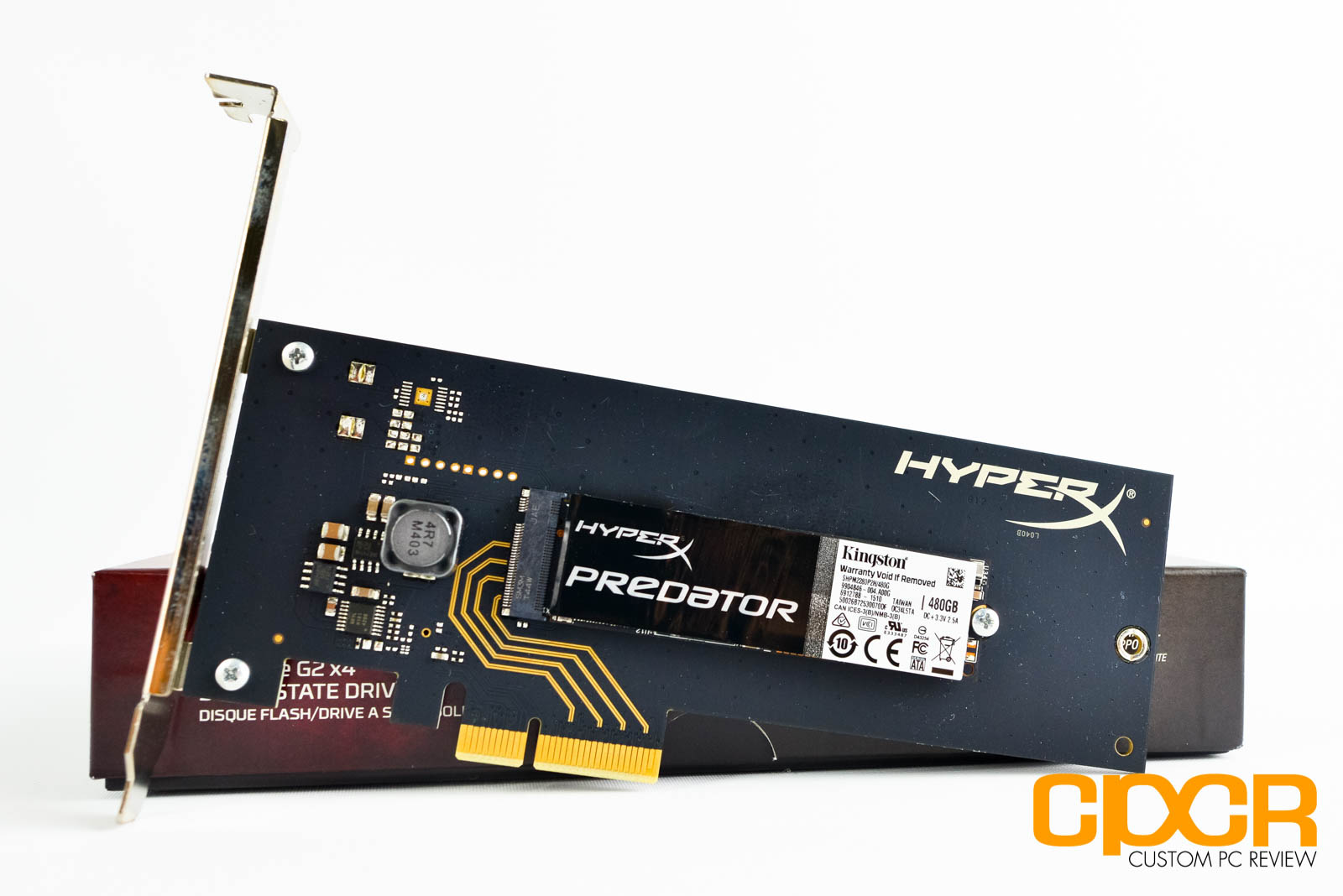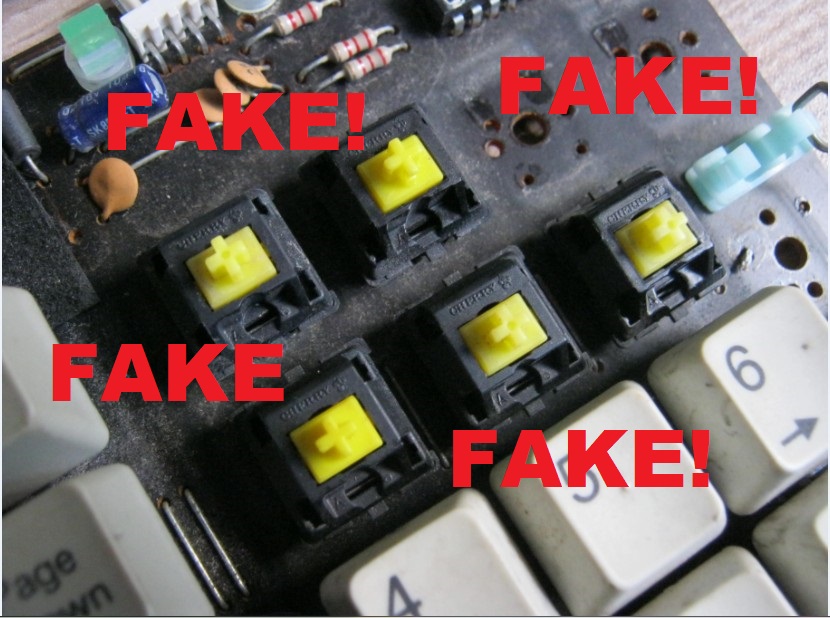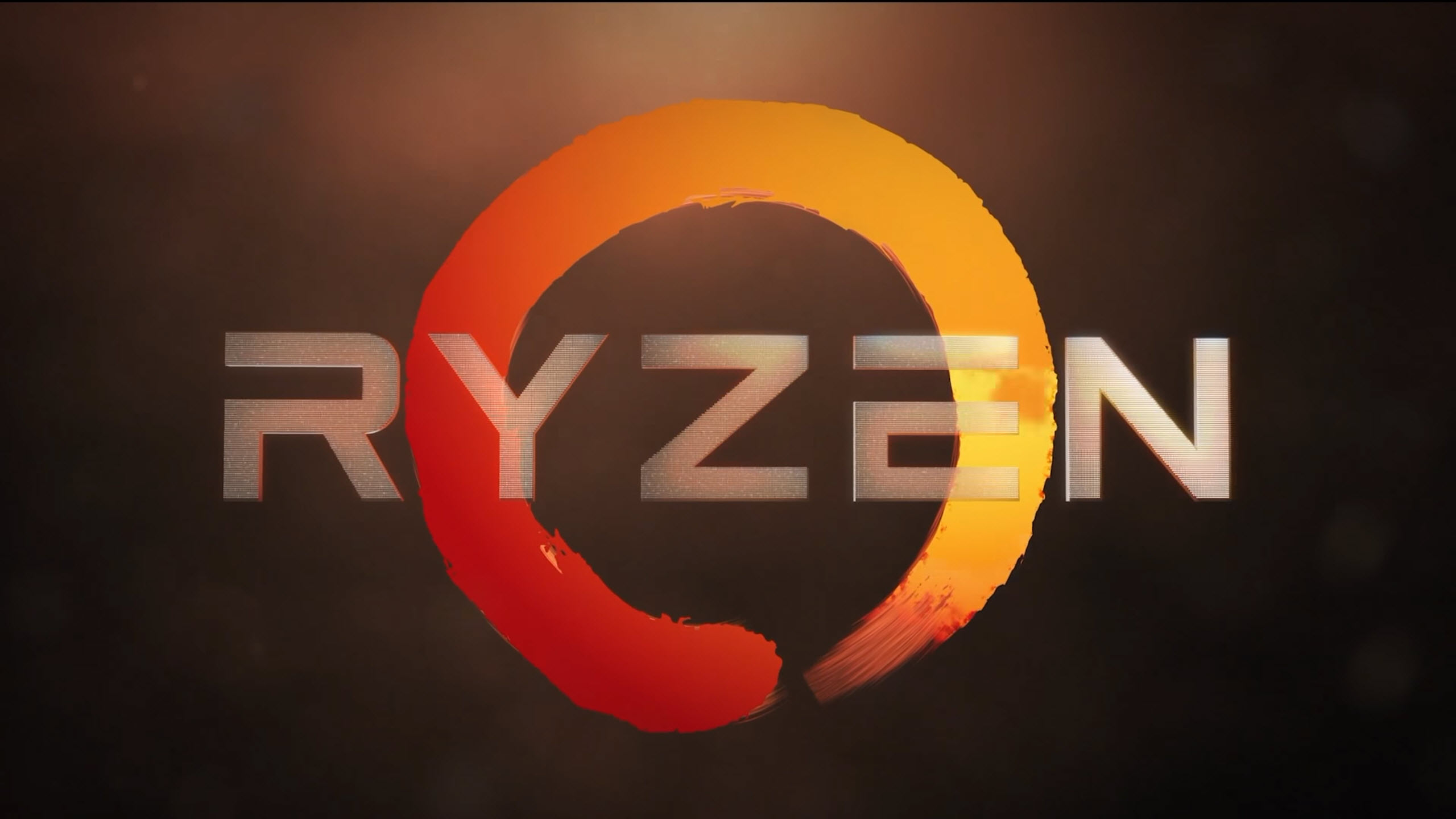When Apple launched the new MacBook Pro last week with the top end models packing AMD’s Radeon Pro 450, 455 or 460, we were immediately curious as to what kind of performance could be expected from the graphics cards. Since Apple isn’t usually too keen on revealing this type of information, we had to turn to AMD who conveniently revealed all the juicy details for us.
As expected the new Radeon Pro 400 series graphics cards are based on AMD’s Polaris architecture (4th Gen GCN). Starting from the top end, the Radeon Pro 460 packs 16 compute units (1024 stream processors) and provides up to 1.86 TFLOPS of peak performance. The mid-range Radeon Pro 455 packs 12 compute units (768 stream processors) and provides up to 1.3 TFLOPS of peak performance. At the low end, the Radeon Pro 450 packs 10 compute units (640 stream processors) and provides up to 1 TFLOP of peak performance. For reference, the desktop Radeon RX460 features 14 compute units (896 stream processors) and provides up to 2.2TFLOPS of peak performance.
Looking at memory performance, the entire Radeon Pro 400 series lineup features memory bandwidth of up to 80GB/s. For reference, the desktop Radeon RX460 features 112GB/s memory bandwidth. This suggests that the Radeon Pro 400 likely features a 128-bit memory bus with relatively low clocked GDDR5 memory.
In terms of performance, these new graphics cards definitely aren’t all that great however, given that Apple doesn’t really cater towards 3D accelerated gaming, it’s likely not going to be all that big of an issue. However, it is quite disappointing especially for the hardware enthusiasts out there that a fully decked out Apple MacBook Pro costing just shy of $4,000 will only net you 16GB of RAM and a graphics card only capable of 1.86 TFLOPs of processing power. Ouch.
Source: AMD

